You need to make sure you prepare…a lot… for your virtual events, because they are part of today’s new normal. In fact, the virtual event platform market is predicted to skyrocket, with Travel News Daily reporting how enterprises are now pivoting towards hosting virtual events instead of in-person ones to adapt to the changes brought about by the pandemic. And available technologies making it convenient to attend events hosted in the digital sphere only strengthens the case for virtual events as the industry’s next big thing.
This bullish outlook underscore an increasing reliance on digital meetings, and it is a trend that is likely to continue as organisations worldwide look to reconvene online. And as our previous article ‘Future-Proof Your Events’ points out, many in the industry are done reacting to the fallout of this pandemic, and are now proactively future-proofing their events.
Despite these inroads, the reality is that a lot can go wrong in these virtual setups, from platform limitations to your connection breaking down and your attendees losing interest. Having said that, you can’t let your fear of failure paralyze you. Instead, you’ll need to be more proactive in how you prepare for your virtual event. The post ‘5 Strategies to Improve Your Online Event Experience’ already outlines a few steps to take your events to the next level, including building brand consistency, getting sponsorship and using music as a mood setter. Next, you’ll need to be on top of things on the actual day of your event, which you can do by following the pointers below.
Relax
Days of preparation for your virtual event have likely left you stressed out, and that stress could very well manifest when it’s showtime. This is why you need to be in the right headspace and in a relaxed state. Thankfully, you can achieve this by doing breathing exercises and stretches throughout the day. And you needn’t do anything fancy or elaborate either. Pain Free Working suggests some simple stretching exercises, including shoulder rotations, which help relieve stress, and arm stretches, which relieve pressure off of your fingers, wrists, shoulders, and elbows. You can also take a few deep breaths to calm yourself down and help you zone in on your tasks for the day. Don’t skip this step. It’s in important one when you prepare for your virtual events (and in-person events, too!).
Check your tech
Virtual events are vulnerable to glitches, and proof of it was Canada’s first-ever virtual House of Commons proceedings. Commons Speaker Anthony Rota pronounced the event as a relative success, before admitting that there were some technical hiccups. Such glitches aren’t entirely unavoidable, but you can minimize the likelihood of them happening by performing tech check-ins hours prior to your event’s start time. Make sure that your connection is strong and stable, and that everything — webcams, microphones, and presentation equipment — is working. Prepare contingencies as well, like getting a backup connection or procuring extra cameras and mics just in case. In this way, you lower the probability of technical breakdowns disrupting your event.
Rehearse
In Julia Sousa’s article in ensuring memorable virtual events emphasizes how taking time out to rehearse will help ensure the smooth flow of your events. In particular, it’ll let the moderators and speakers get comfortable not only with one another, but also with the tech at their disposal. It’s also a great way for everyone to iron out the minutiae of your event, like how to do the introductions, how to transition from one segment to the next, and how to reduce potential dead air during the proceedings. Rehearsing, not to mention, is a great way to do a final tech check to see if everything is truly good to go.
Make sure you’ll be comfortable
The last thing you’d want in your virtual event is to feel discomfort or even any kind of pain during the event itself, as that will compromise your ability to lead it. This is why you must take the necessary steps in preparing for your virtual event to ensure that you’re as comfortable as possible for the duration of the event. That can mean a lot of things, like adjusting the lighting and temperature of the venue, finding a comfortable chair and desk, and clearing out any potential hazards such as wires and power cords. Doing these will all but guarantee that you’ll be at your best once the event starts.
Whether you’re hosting a virtual event or an in-person one, the only thing you have full control over is how you prepare for your virtual event. So, make sure you leave no stone unturned in the weeks, days, and hours leading up to the big show. In doing so, you increase the chances of holding a successful event significantly.
Article contributed by Brianne Watson
Exclusively for eventupplanner.com
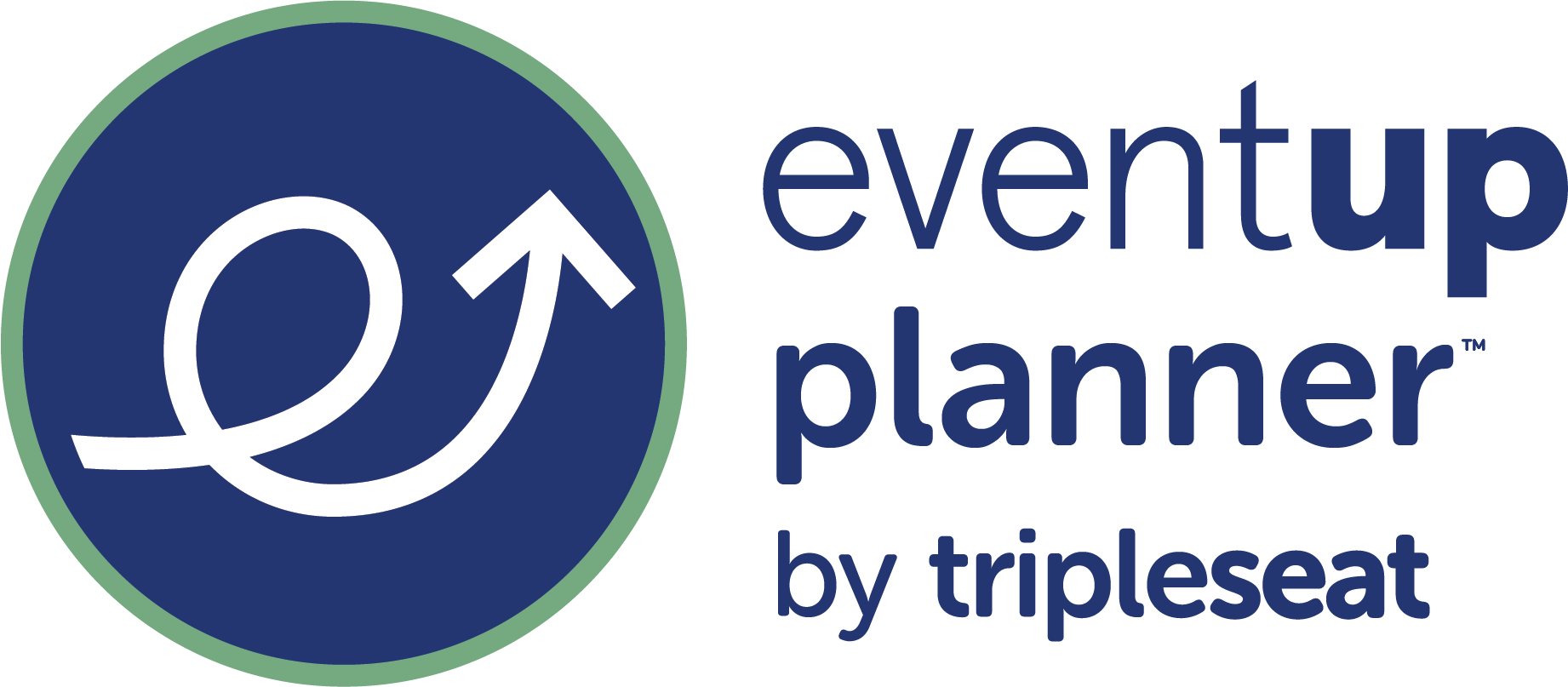




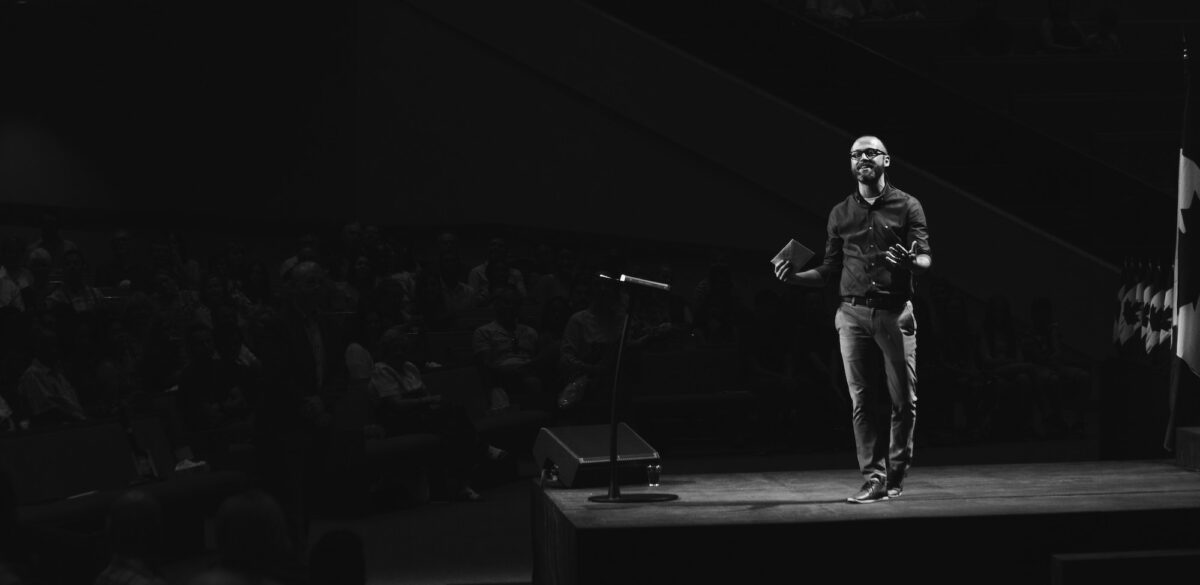


 SXSW (Austin, Texas – March 13-22)
SXSW (Austin, Texas – March 13-22)



.png)
![Best Event Management Software for 2020 [Infographic]](https://eventupplanner.com/wp-content/uploads/2021/02/session-slotter-LR-900x585.jpg)
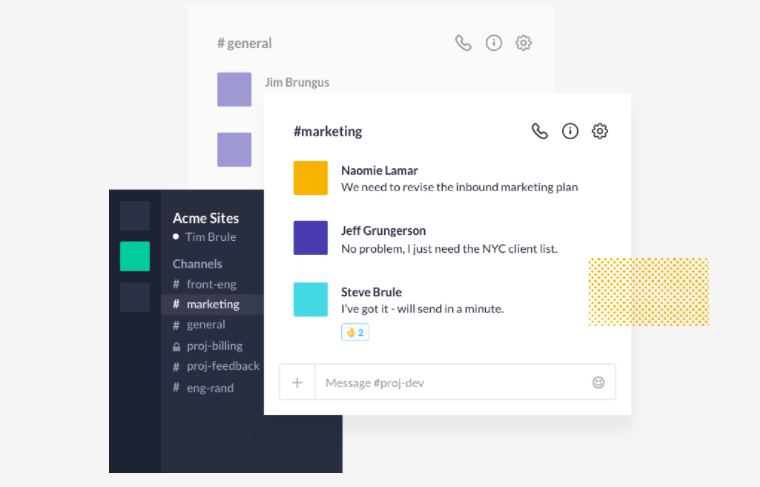
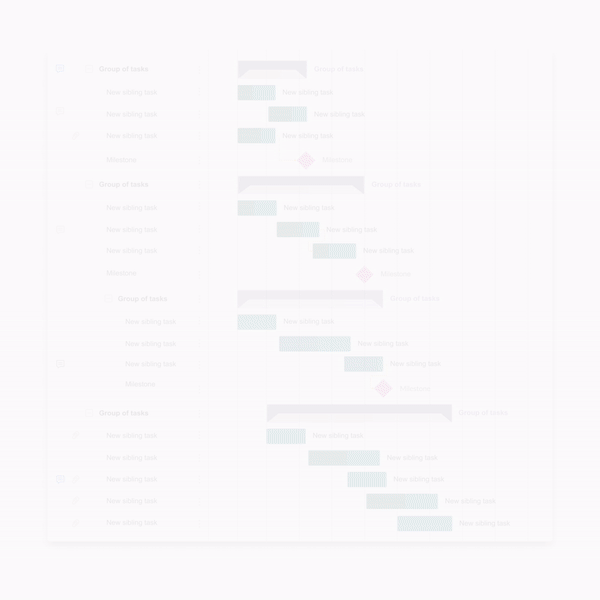
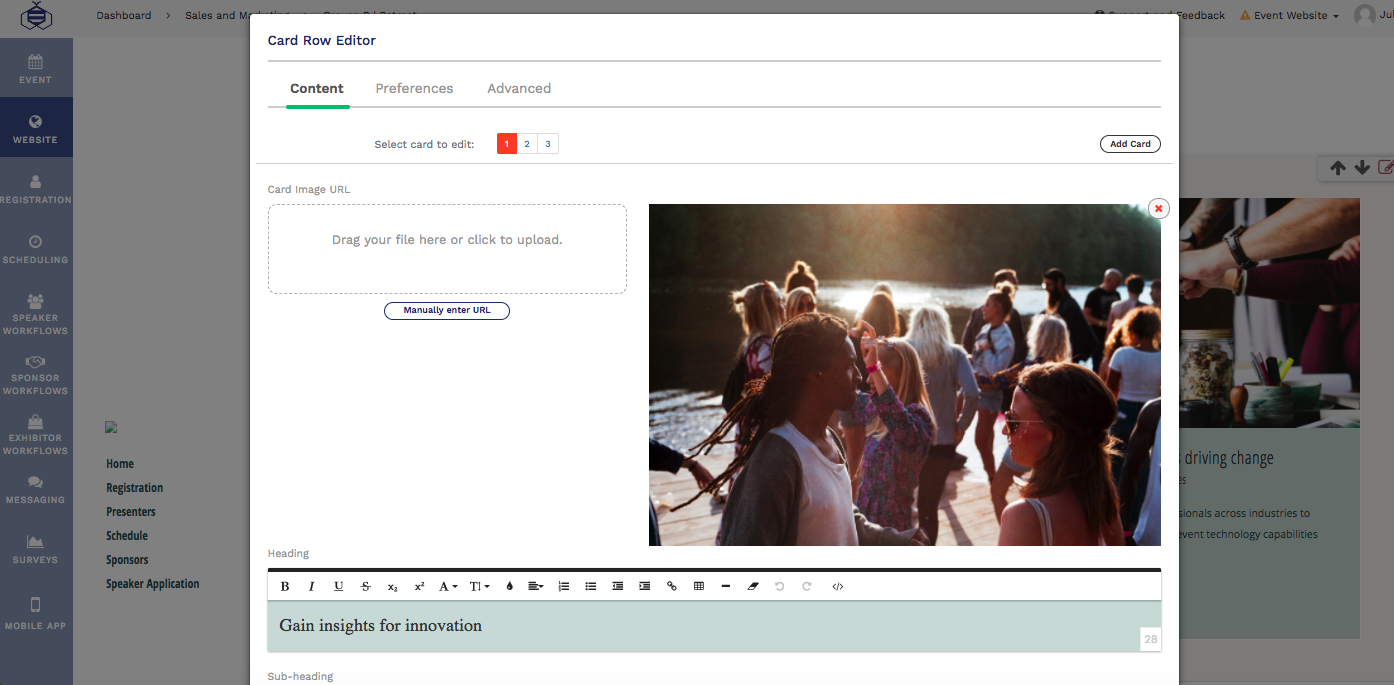
.jpg)
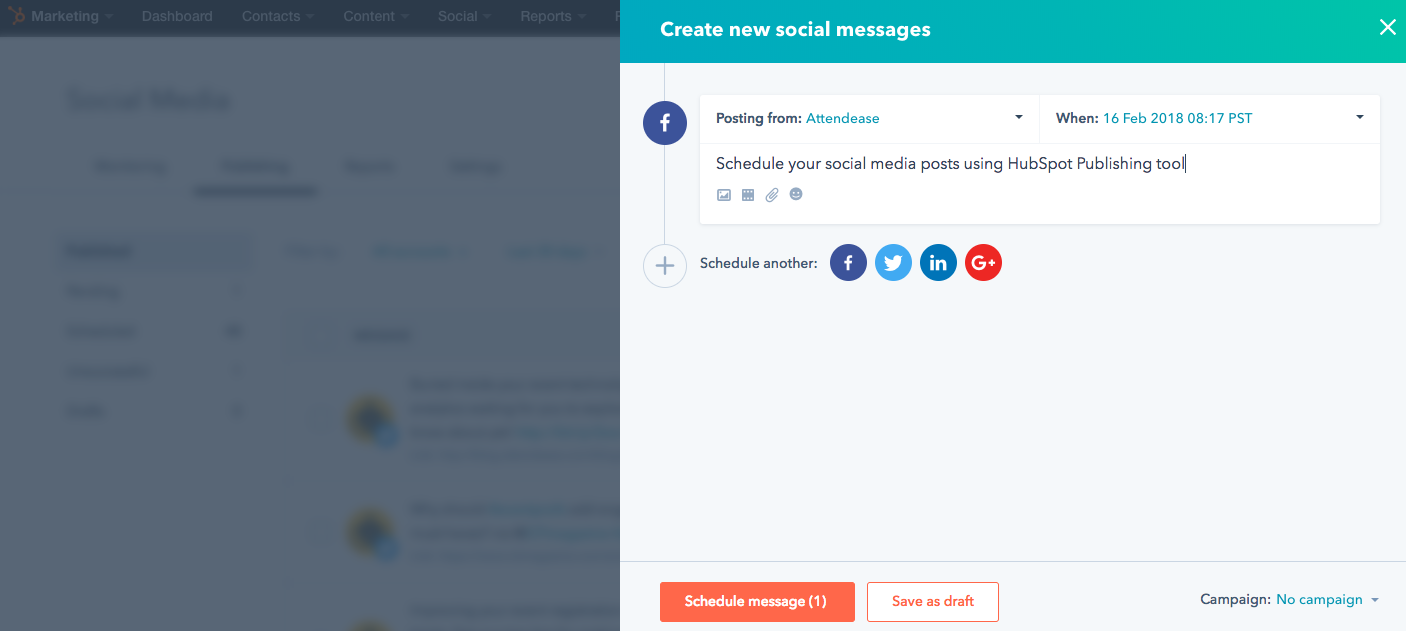
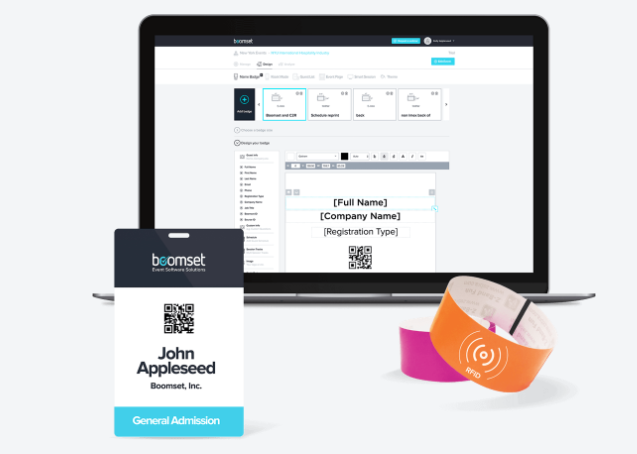
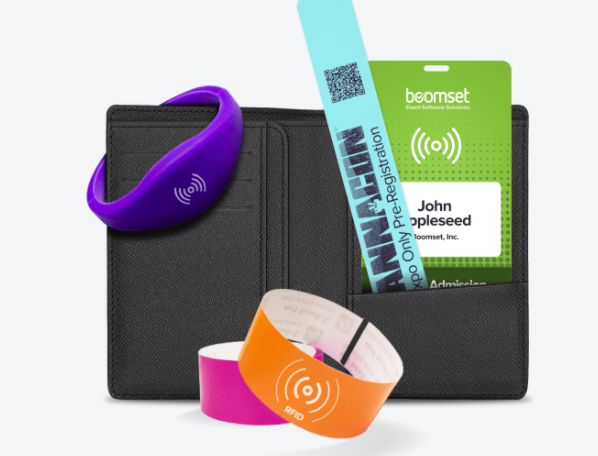
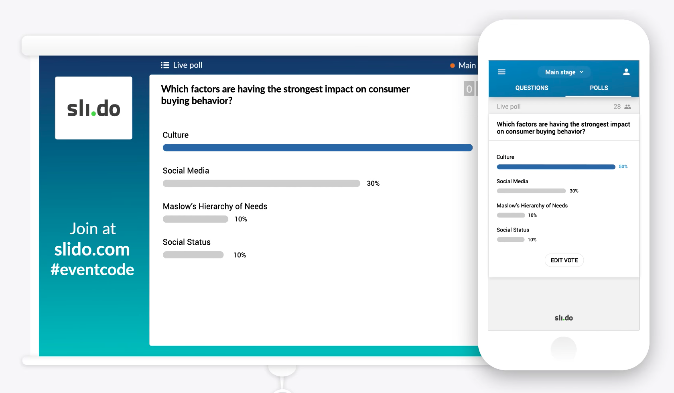
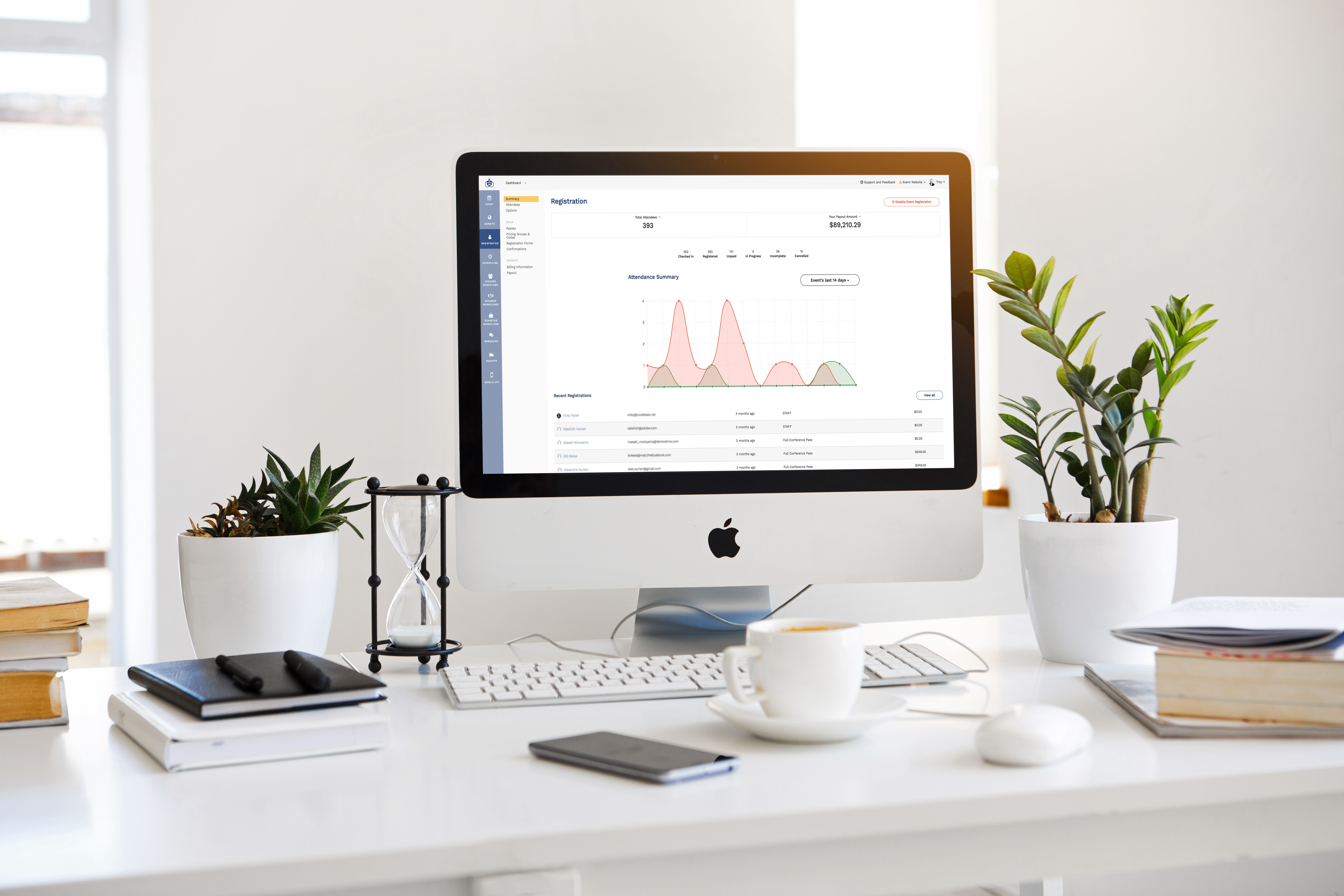
.png)

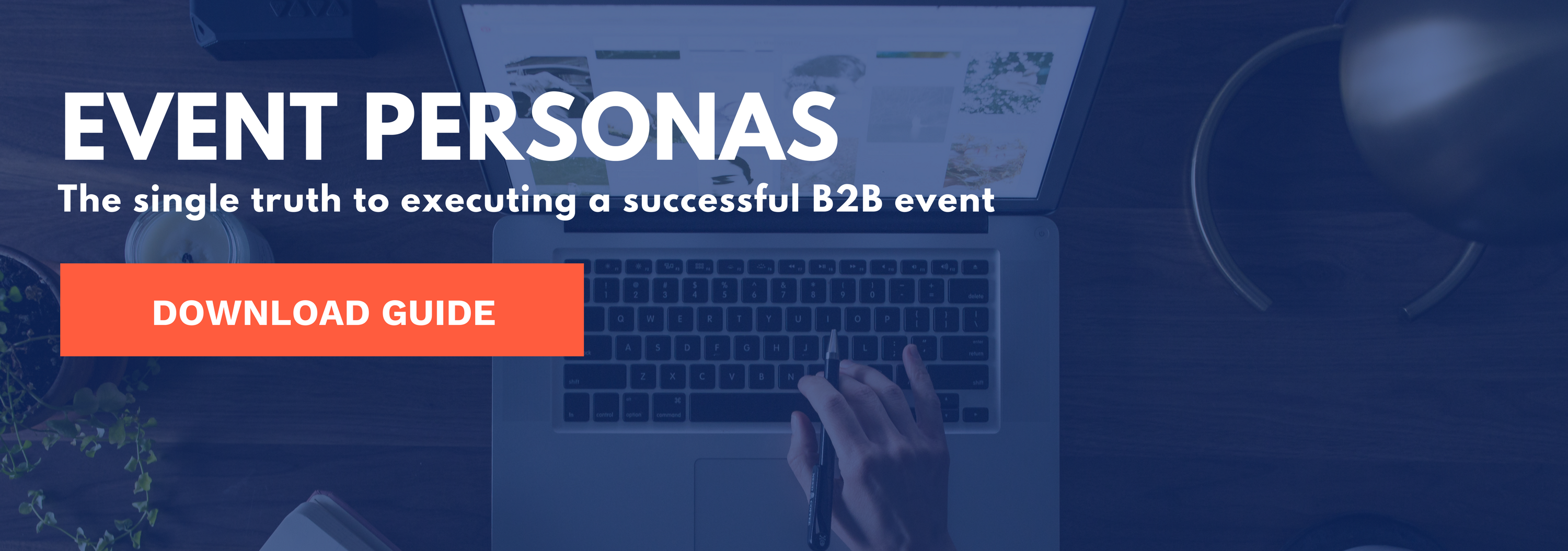
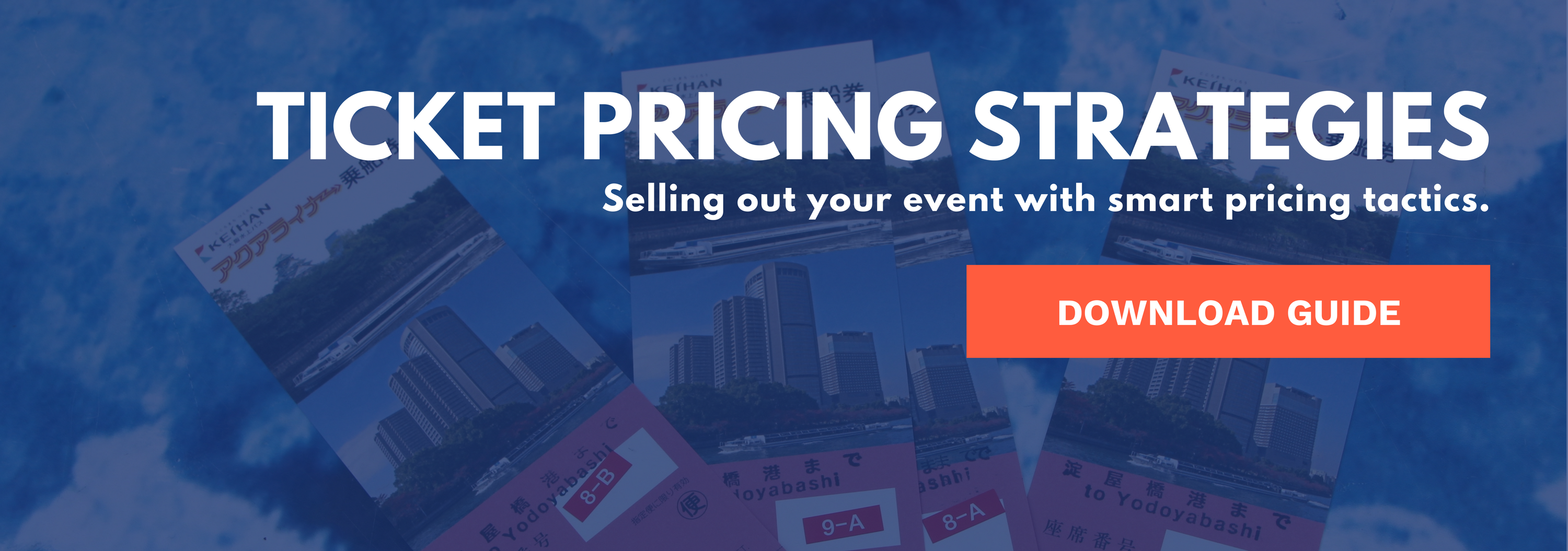
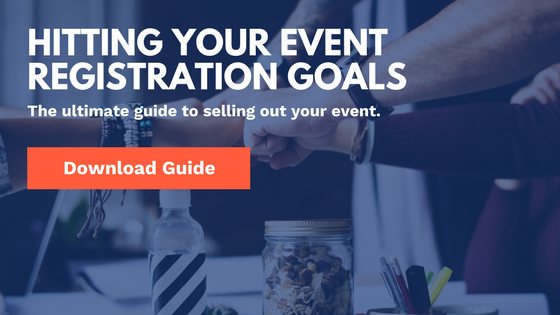
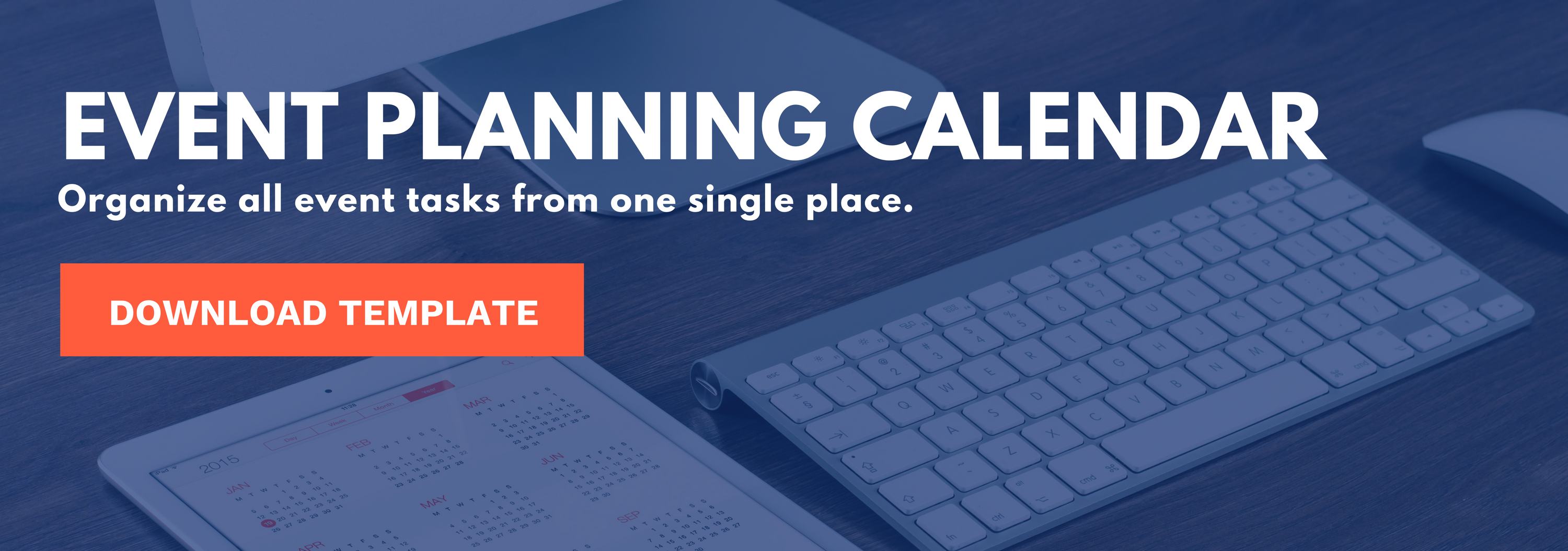
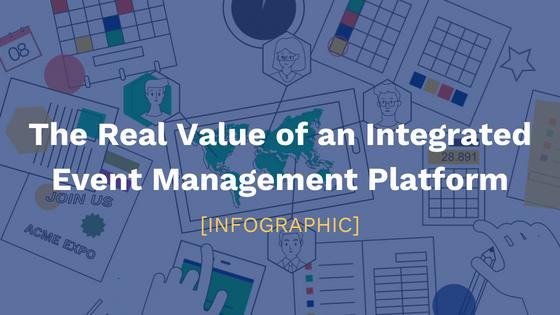
.png)